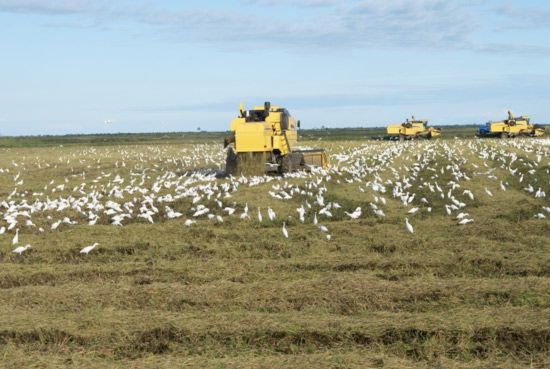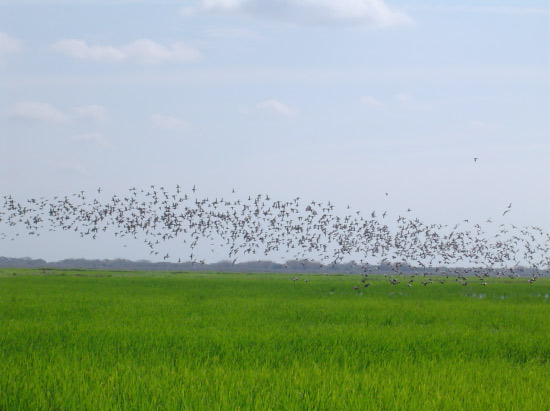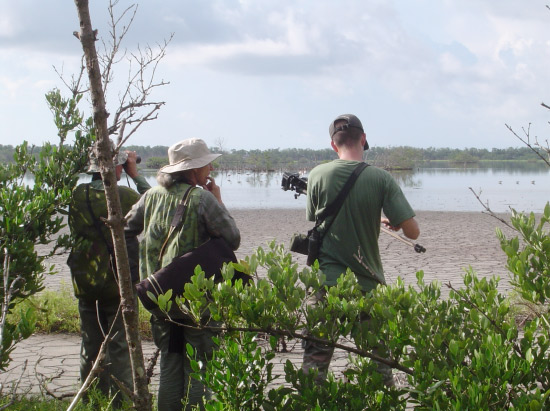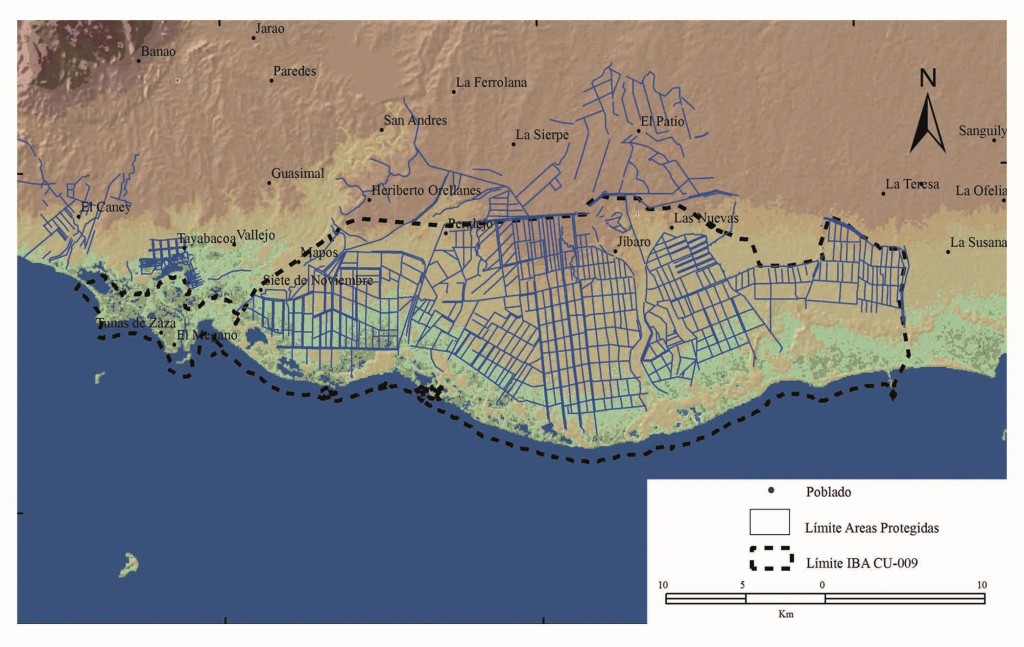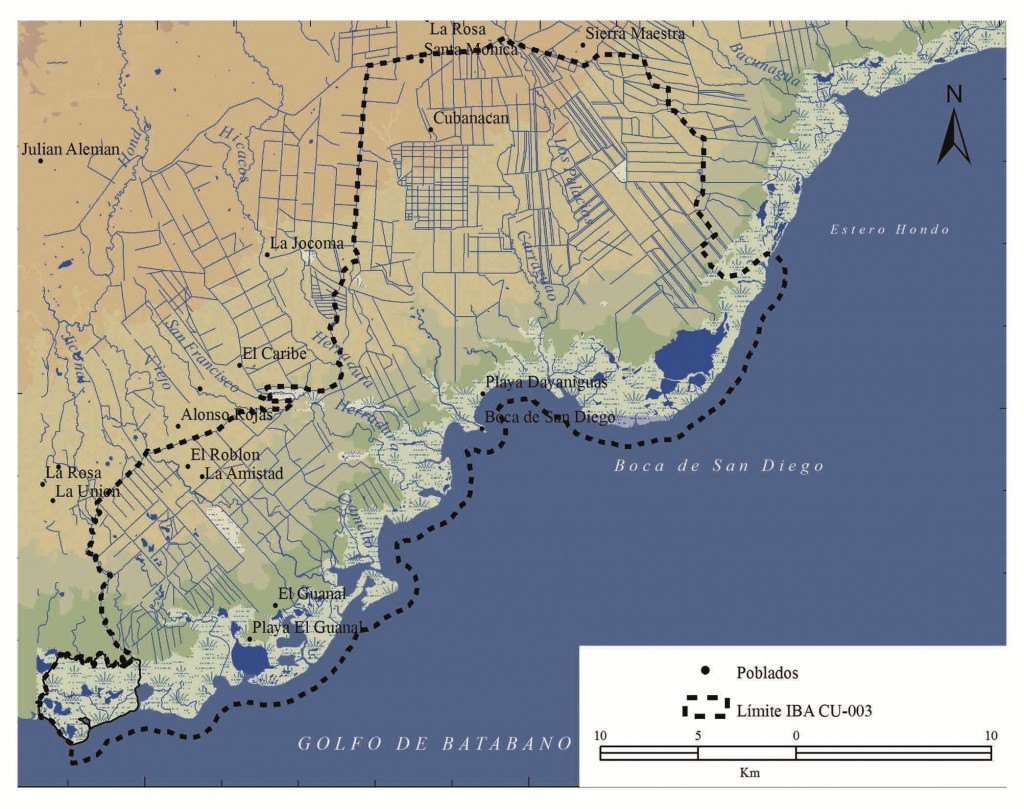Waterbird conservation promotes important energy flow between rice paddies and nearby Important Bird Areas in Cuba
21.12.2011
-
SUBMITTED ORGANISATION :
-
Birdlife International
-
DATE OF SUBMISSION :
-
21/12/2011
-
REGION :
-
Caribbean
-
COUNTRY :
-
Cuba
-
SUMMARY :
-
Rice is the main food of the daily Cuban diet. In order to satisfy the national demand, some of Cuba’s wetlands have been converted for agriculture, including into rice paddies. This has resulted in a high loss of natural wetland habitat for biodiversity. Cuba is the biggest island in the Caribbean lying in the middle of important waterbird migration corridors, including the Atlantic and Mississippi Flyways, and is also host to some of the last significant populations of a number of Caribbean wetland dependent bird species, such as the Vulnerable West Indian Whistling-duck (Dendrocygna arborea). Rice paddies have been considered as a possible emerging alternative habitat for waterbirds. After the 90’s (a period of extended economic crisis in Cuba that followed the dissolution of the Soviet Union) food shortages and the lack of fossil fuels transformed agriculture from industrialized and specialized to sustainable and organic agriculture. Many areas of state land were lent to families in small and medium subsistence units to grow rice and other crops for their own and community consumption, and the remainder was given to the state to guarantee the presence of crops and commodities in the national market. The use of natural fertilizer and few chemicals, fields in varying stages of flooding and drainage, and low impact harvesting methods lead to high levels of vertebrate and invertebrate biodiversity turning the rice paddies into important bird feeding areas while nearby wetlands provide resting and nesting areas for migrant and resident waterbirds. Nevertheless, only waterfowl (mainly ducks) were perceived as crop pests by the farmers who persecuted and killed them. Since the 1980’s, the Bird Ecology Team of the University of La Havana has been doing research on the ecology of the waterbird populations in the rice paddies and nearby wetlands. These studies supported the international recognition of two rice paddies with neighboring coastal areas as Important Bird Areas (IBAs): Humedal Sur de Pinar del Rio and Humedal Sur de Sancti Spiritus. They have found that waterbirds benefit the crops through weed and pest control and natural fertilization promoting an energy flow through both systems - natural and ‘alternative’ wetlands provided by rice paddy. The team has been working closely with farmers to convince them not to kill the birds but to regard them as beneficial to their rice crops and to manage them in favour of biodiversity and rice.
-
KEYWORD :
-
rice paddies, Cuba, wetlands, waterbirds, Important Bird Areas
-
AUTHOR:
-
Dr. Lourdes Mugica Valdés is Auxiliar Professor at the University of Havana's Faculty of Biology in Cuba. She has taught there since 1982, involved in both formal ecology courses and in the faculty's research and environmental education programs. She is part of Havana University's Bird Ecology Group. Dr. Martin Acosta Cruz is Full Researcher at the University of Havana and the head of the University's Bird Ecology Group, which is widely recognized for its contribution to our knowledge of Cuban waterbird ecology. He has been involved in the research of birds and rice culture in Cuba since 1978. They are both considered world leaders in the study of rice paddies as an important habitat for aquatic bird species and have made a great contribution to the knowledge and research of Cuban waterbird ecology. Ms. Verónica Anadón Irizarry is the Caribbean Program Manager for BirdLife International. She has been supporting the development, management and implementation of BirdLife’s Caribbean Program since 2005.


